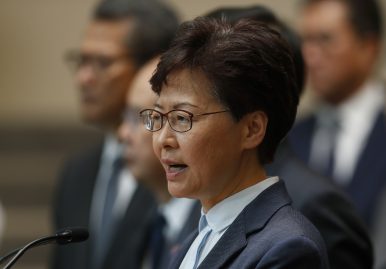Sudhanva Shetty
 The government’s approval to sell 26% of the shares of India’s leading defence equipment manufacturer, BEML, to the private sector is will mark the first time in Indian history that the Ministry of Defence will lose control over one of its own companies (more here).
The government’s approval to sell 26% of the shares of India’s leading defence equipment manufacturer, BEML, to the private sector is will mark the first time in Indian history that the Ministry of Defence will lose control over one of its own companies (more here).
The government has also announced that similar strides will be made with ten other public sector companies. It says this is to increase profits, efficiency and to meet its deficit goal. However, critics have said that this is an effort of the government to allow back-door entry to corporates in the defence sector.
In light of recent developments, one might wonder about the consequences of having private defence manufacturers. India has nine public-sector defence manufacturers and most of its indigenous defence manufacturing belongs in the public sector, with the government. However, now, with the private sector poised to take a larger role in defence manufacturing, it will be apt to try to understand defence manufacturing around the world, and the consequences of privatising it.
















